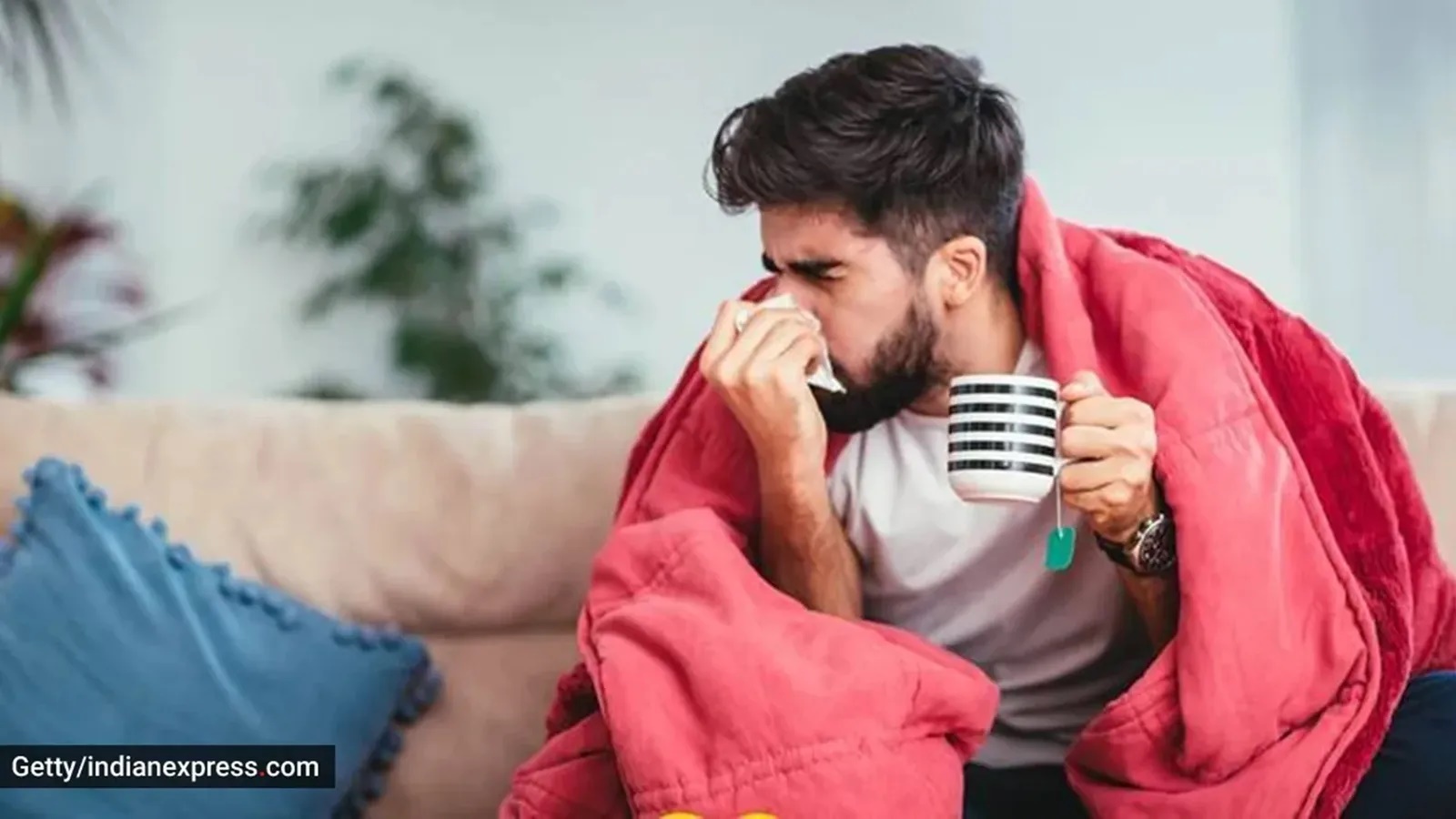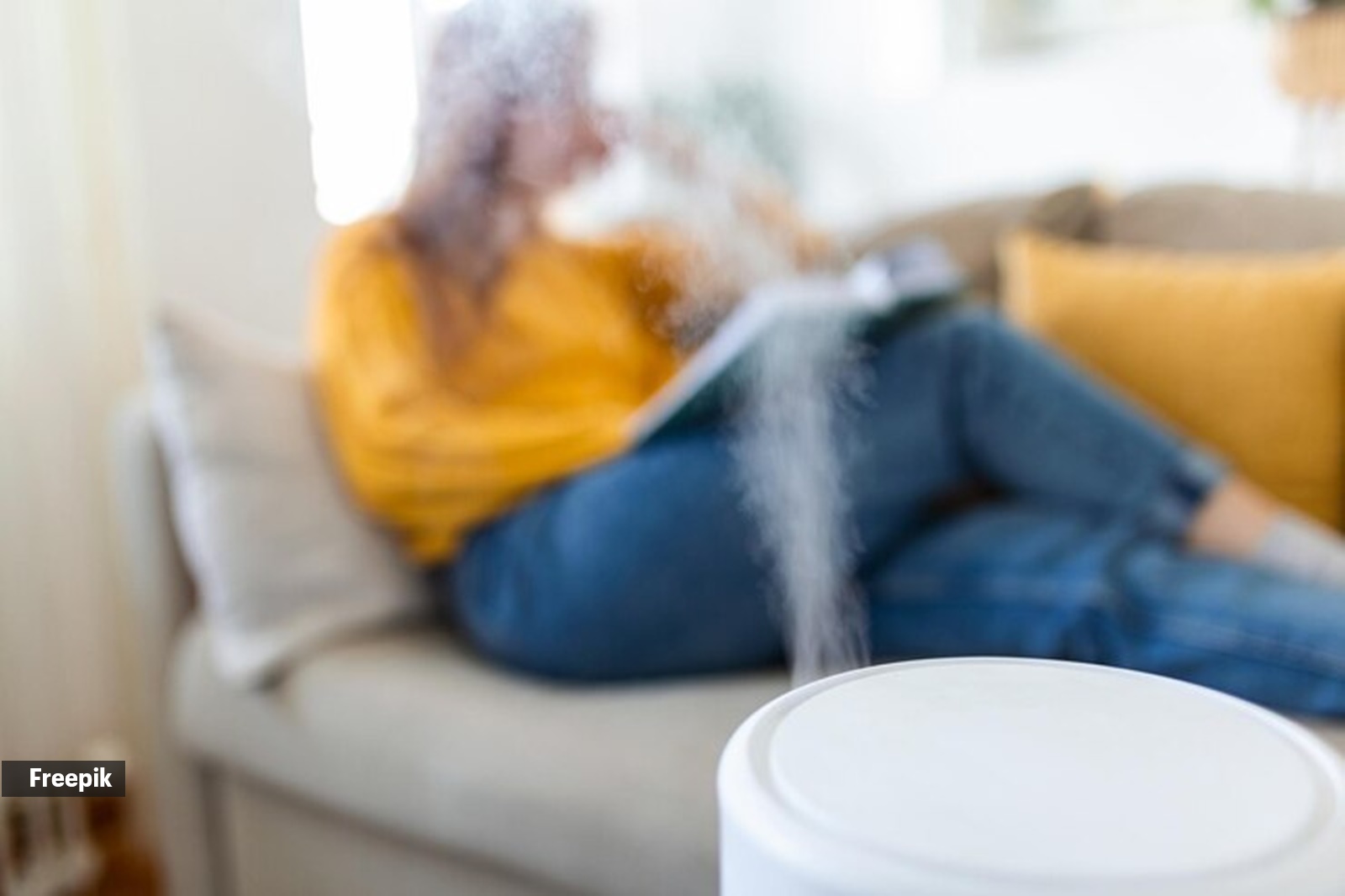In the last few days, northern India has been battling the worst air quality of the season. With the air quality index breaching the 400 mark in Delhi and parts of the National Capital Region, the Delhi government has kicked in Stage 4 of its Graded Response Action Plan or GRAP. As Delhiites struggle to breathe, air purifiers have become the talk of the town.
Once thought to be an unnecessary luxury accessory, these air-cleaning devices have now gained relevance – with market players like Phillips, Dyson, Xiaomi, Honeywell and Kent seeing an approximate 50 per cent increase in sales of air purifiers in the festive season.

The air purifier is a mechanical device that improves indoor air quality by capturing pollutants, allergens, and harmful particles from the air in a room. It draws air that passes through filters like the High-Efficiency Particulate Air (HEPA) filter that can trap particles as small as 0.1 µm. The cleaned air is then circulated back into the space, as per the Eureka Forbes website.
“I had not imagined they were this expensive,” says Anjali Malik from Haryana’s Rohtak, who looked for air purifiers online after constant throat irritation post the Diwali season. She says the starting price online was Rs 10,000 to Rs 15,000, way beyond her budget. “I will probably overlook the money if my health is further affected,” she said. Fancier air purifiers in the market range above Rs 60,000.
As pollution spikes, kids and the elderly at risk
With a blanket of smog engulfing areas in and around Delhi, people have been facing persistent cough, breathlessness, and low oxygen levels. Patients with prior respiratory disorders and families with small children and senior citizens are most vulnerable to air pollution and are often the first ones to be prescribed an air purifier.
Though using an air purifier only pacifies or prevents the triggers of lung, chest or heart disease in patients, Dr Ashok Rajput, a pulmonologist at the Centre for Chest Diseases, Dwarka, says, “There is no assurance of curing a respiratory disease with its use.”
“If there are patients of chronic obstructive pulmonary disease (COPD) or respiratory failure, bad air can be detrimental and air purifiers can be advised,” says Dr Rajput. “For healthy people who are exposed to the same air outside and inside, air purifiers do not make much difference. If one can afford it, one can use it…there are no disadvantages,” he adds.
 With a blanket of smog engulfing areas in and around Delhi, people have been facing persistent cough, breathlessness, and low oxygen levels. (Photo: Getty Images)
With a blanket of smog engulfing areas in and around Delhi, people have been facing persistent cough, breathlessness, and low oxygen levels. (Photo: Getty Images)
Dr Manoj Goel at Fortis Healthcare says air purifiers are only beneficial “if a person is constantly bound to their room”. “If not maintained, air purifiers get contaminated and can instead infect the air,” he adds.
“I do recommend investing in an air purifier in Delhi-NCR if the budget allows it but people should make sure they are using the right size for their rooms. Large halls should have one that weighs more than 10 kg and can cover more than 500 sq ft,” says Dr Ravi Shekhar Jha at Fortis Healthcare. “It is also essential to use the device as per the manufacturer’s instructions,” Jha adds, explaining how one of his patients never removed the film on the opening that was dispensing filtered air.
HEPA filters: Solution to respiratory woes?
HEPA H13 standard filters are highly effective at capturing 99.95 per cent of small and ultra-small particles. Dr Ken Armstrong, an air purification scientist at Dyson, explains that, unlike a basic air purifier, an advanced one would also have ultraviolet light filters that use electromagnetic radiation to destroy bacteria, viruses, and mould, instead of just capturing them. In contrast, regular filters, such as pre-filter and activated carbon filters, typically capture larger smoke particles and are less effective at trapping finer pollutants.
HEPA filters are generally considered better for those with allergies or respiratory issues due to their superior filtration capabilities. However, they may need to be replaced more frequently and could be slightly pricier than standard air purifier filters. Air purifiers are most effective when they are running all day around, hence you are going to want one that makes the least sound and is effective, says Dr Armstrong. While some have respective apps, others display the indoor air quality on a small display.
A costly investment?
Noida resident Gaurav Gupta bought an air purifier in his office this year after after feeling a significant improvement in his sleep quality. “I have been using an air purifier for four years now”, says Gaurav. But unlike Gupta, many find an air purifier a luxury investment. The need to change filters frequently adds to the cost of this device.
Generally, most air purifier filters should be replaced every nine to 12 months. If used in a high-pollution area or run continuously, more frequent filter replacements may be necessary, as per the Eureka Forbes website.
 The air purifier is a mechanical device that improves indoor air quality by capturing pollutants, allergens, and harmful particles from the air in a room. (Freepik)
The air purifier is a mechanical device that improves indoor air quality by capturing pollutants, allergens, and harmful particles from the air in a room. (Freepik)
Breathify, a Delhi-based startup, aims to solve the pricing problem by manufacturing low-cost air purifiers. “ We have not just seen sales in metro cities, but also in Tier 2 and Tier 3 cities,’’ says Ratan Kohli, marketing head at Breathify. Even though cases of stubble burning have exacerbated the air pollution in Punjab and Haryana, Kohli says sales in these states are limited now. He says he understood the desperation for clean air after a labourer contacted him to buy an air purifier for his old parents who stayed in a slum.
But does everyone require an air purifier? “I only recommend investing in an air purifier if someone is already battling a respiratory issue; otherwise, normal gargling, using a mask, and staying indoors can help common people prevent throat discomfort as pollution season peaks,” says Dr Rajput. The effectiveness of an air purifier largely depends on the size of the room and the purifier’s capacity. Most air purifiers are designed to clean the air in a single room, and placing one in a central location may not be sufficient to purify the entire house, the Eureka Forbes website states.
Swagata Dey, Air Quality Policy Specialist at Bengaluru-based thinktank Center for Study of Science, Technology and Policy (CSTEP), explains how during the COVID-19 pandemic in the US, do-it-yourself air purifiers called Corsi-Rosenthal (C-R) boxes became quite popular, which cost merely one-tenth of branded air purifiers. A similar creative workaround and mass manufacturing for economies of scale could make cleaner air accessible to more people, she adds. Air purifiers are not a standalone solution for air quality issues, the expert highlighted.


